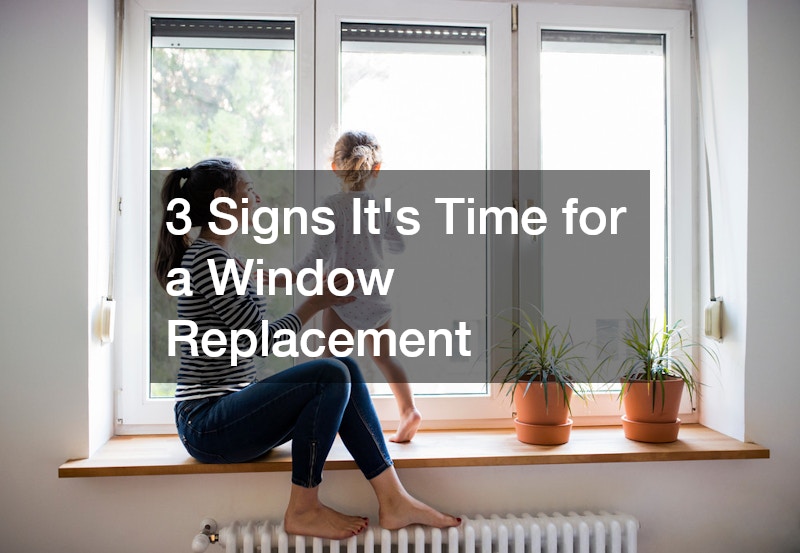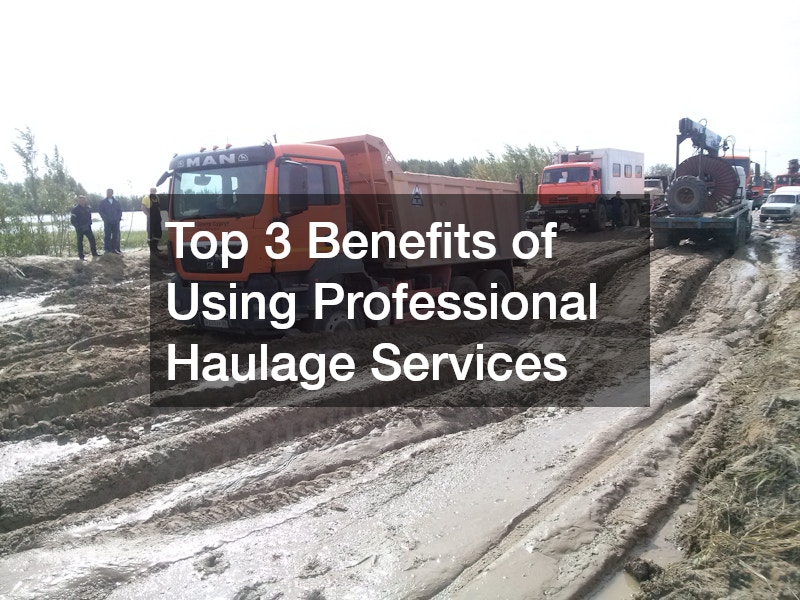Windows do more than frame your view—they help regulate indoor temperatures, provide natural light, and contribute to your home’s safety and curb appeal. However, like every part of your house, they don’t last forever. Recognising the signs of wear and tear early can save you money on energy bills, improve your comfort, and even increase property value. If you’re unsure whether your windows are still doing their job, here are three clear signs it’s time for a window replacement.
1. Rising Energy Bills and Poor Insulation
One of the most common—and costly—signs that your windows are failing is a noticeable increase in your energy bills. Older or poorly sealed windows allow outside air to enter and indoor air to escape, forcing your heating and cooling systems to work harder than necessary.
In Australia’s varied climate, where hot summers and cold winters can put significant pressure on HVAC systems, energy efficiency is key.
Double or triple-glazed windows are now standard in energy-efficient homes. If your existing windows are single-glazed or show visible gaps and drafts, they’re likely compromising your home’s insulation. You might notice cold spots near your windows in winter or feel hot air seeping in during summer. These symptoms often go hand-in-hand with fogging or condensation between panes, which indicates seal failure in double-glazed units.
Replacing your old windows with modern, energy-efficient models can significantly reduce your heating and cooling costs while making your living spaces more comfortable year-round. If you’ve noticed a steady climb in energy usage despite your best efforts to conserve power, it could be time for a window replacement.
2. Visible Damage or Decay
Windows are exposed to the elements 24/7, so it’s no surprise that time and weather can take their toll. Cracked glass, soft or rotting timber frames, water stains, mould, or peeling paint are all warning signs of deterioration. These issues are more than just cosmetic—they can impact your home’s structural integrity and invite pests or moisture indoors.
In particular, timber-framed windows require regular maintenance to avoid rot and water damage. If they haven’t been properly sealed or painted, moisture can seep in and cause the frame to soften or warp. Metal frames may rust or corrode, while older aluminium styles may become loose in their tracks or develop issues with the locking mechanism.
Ignoring minor damage can lead to more significant issues, including mould growth, wood rot, or leaks that affect surrounding walls and floors. If you notice ongoing problems even after repairs, investing in a complete window replacement may be the most cost-effective and lasting solution.
3. Difficulty Opening, Closing, or Locking
Windows should operate smoothly and securely. If you’re struggling to open or close them, it could be a sign of warping, swelling, or mechanical failure. Over time, frames can expand and contract due to temperature changes or moisture, leading to misalignment. This not only makes your windows harder to use but can also pose a safety risk in emergencies when quick egress is essential.
Sticky or jammed windows can also compromise your home’s ventilation and air quality, especially in areas like kitchens or bathrooms where airflow is crucial. Poor functionality may also mean that your window locks no longer secure properly, making your home vulnerable to intruders.
If regular maintenance hasn’t resolved these issues—or if the problem keeps returning—a window replacement may be the best course of action. Newer windows often feature improved mechanisms, including better balance systems and high-performance locks that provide enhanced security and ease of use.
Your windows play a vital role in maintaining a safe, efficient, and comfortable home. If you’ve noticed signs like skyrocketing energy bills, visible wear and tear, or operational issues, don’t wait until a small problem becomes a major one. A timely window replacement not only improves your lifestyle but also offers a solid return on investment in terms of energy savings and property value.
By paying attention to early warning signs, you can avoid emergency repairs and make a proactive investment in your home’s future. A professional window assessment can help determine whether repairs are sufficient or if it’s time for a full window replacement.
Be proactive—inspect your windows regularly, and when the signs are clear, take the step towards a smarter, more efficient home.
.





